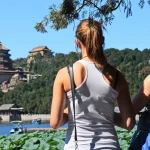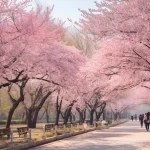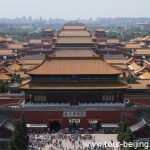How to Visit Qikou Ancient Town (Tips, Photos & Map)
If you plan your Shanxi tour or Pingyao tour in particular, you should not miss a side trip to the ancient Qikou Town( 碛口镇, or Qikouzhen as recognized by Google Map). Qikou Town is a rarity of well-preserved ancient town in the style of Ming and Qing Dynasty (1368 – 1911). Unlike the noisy and…





